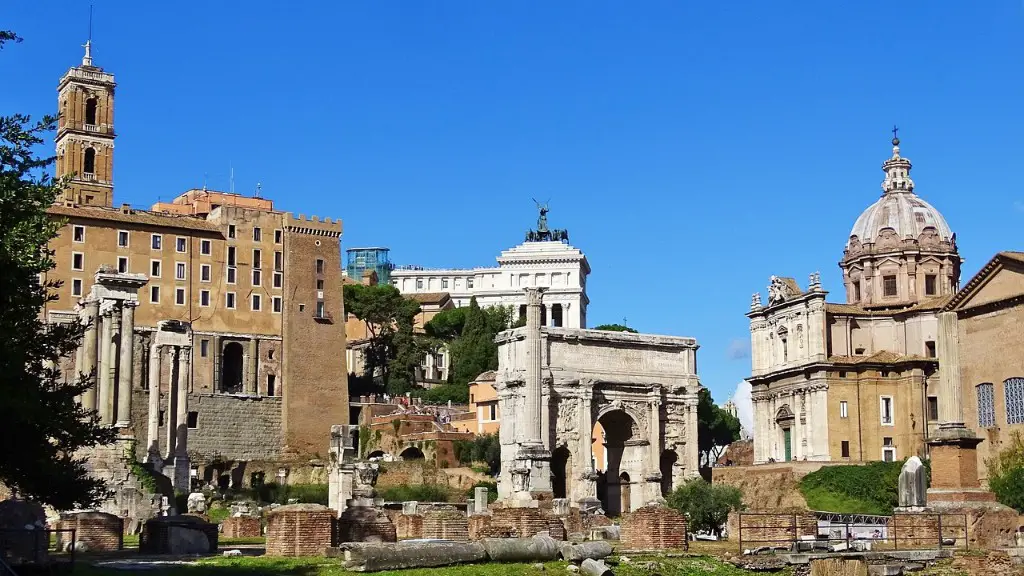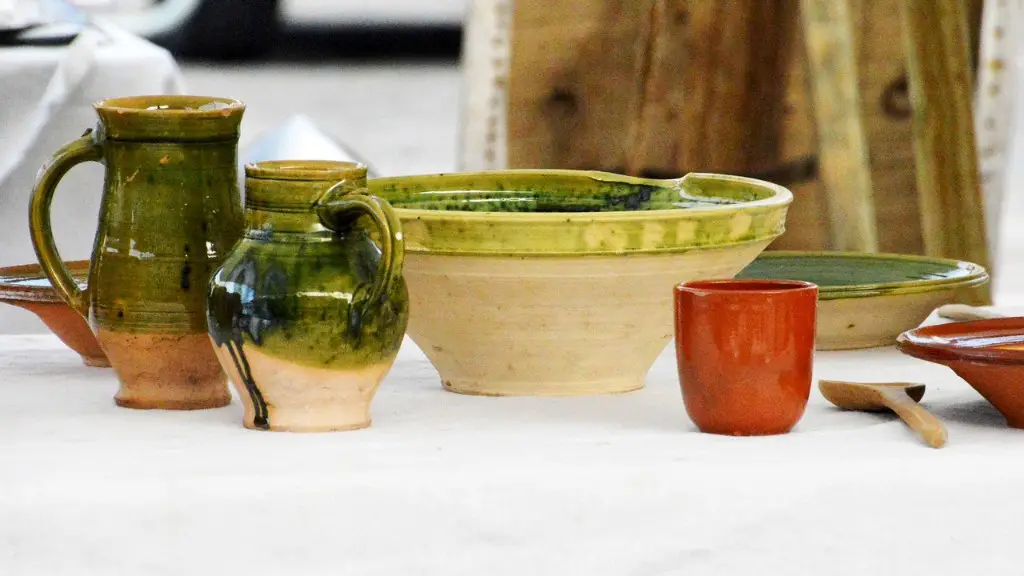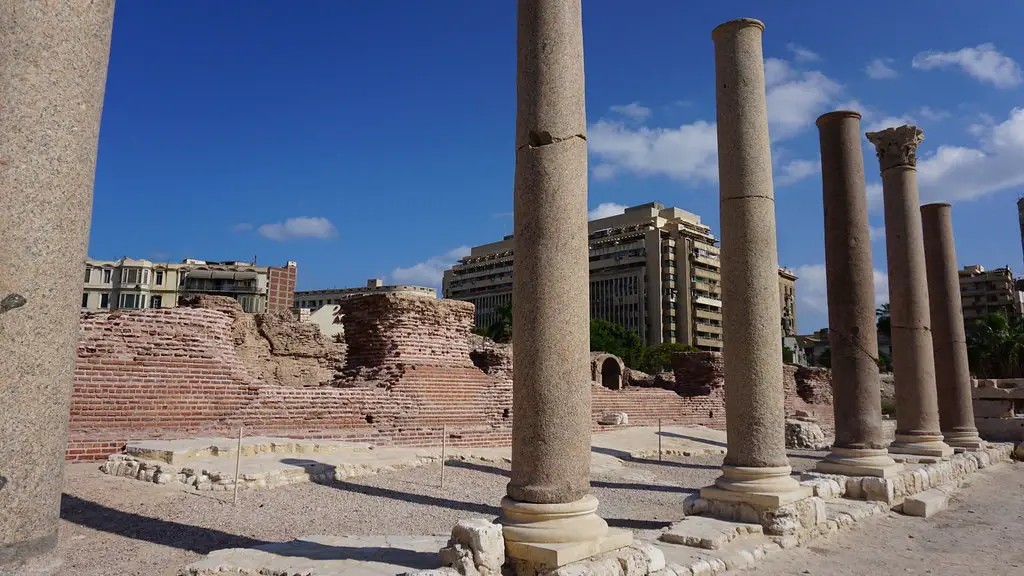Where Do You Play Board Games in Ancient Rome?
The board game known as “Tabula” is known to have originated in Ancient Rome and it is believed that this game was played in the era of the Roman Empire. Tabula was played by both adults and children and was a popular pastime amongst the different social classes during this era.
The game was played on a wooden board which was typically about two feet in width and length. It was divided into four sections where the pieces would placed and moved around. The objective of the game was to move the pieces from the outer edges of the board to the center. The walls of the board were marked off, making the game more tactical in nature.
The pieces of the game were two sets of twelve thin wooden discs, each of a different colour or material, such as bronze and silver. Some Roman mosaics also depicted painted glass discs as pieces of the game, similar in shape to marbles. The main idea behind the game was to put your opponent in a position where they couldn’t move any pieces, while being able to move your own.
Although Tabula was a popular game throughout the empire, it was most commonly played in public gathering places such as the forum, theatres, and gardens. It is believed that the highest social classes and even emperors would often have their servants set up board games in their private villas, however. Evidence suggests that in some cases there were indoor gaming rooms as well, although these were not as frequent and widely spread as the public spaces.
In addition to Tabula, the Romanalso saw an increased popularity in Backgammon – which was considered to be the ‘game of luck’ versus Tabula, which was thought of as the ‘game of skill’. The rules of Backgammon were similar to those of Tabula, but the board was larger and had two distinct halves, so it was harder to achieve a stalemate of pieces, making it more of a guessing game than an actual strategic competition.
The Romans were fascinated with gaming as it was seen as a way to entertain citizens and to pass the time in an enjoyable manner, however, gaming also had its own set of rules and regulations, which did not allow the citizens to gamble or to excessively indulge in these activities. That being said, it is clear that the Romans valued the importance of leisure activities, such as gaming and board games, and they ensured that these activities were part of their daily lives.
Social Impact of Board Games in Ancient Rome
The social and cultural impact of board games in Ancient Rome was immense, and it was a popular activity amongst the citizens of all classes. Those from the higher social classes were known to have extravagant gaming boards, while those from the lower classes were said to have primitive wooden boards. It was also a common practice for two players to place a wager on their gaming board in order to add more fun or interest to their games.
Board games were also a source of recreation for those in the military, who often played it in their tents and the encampment areas. Some historians also suggest that the game of Tabula may have even been used by military strategists to decide on tactics and troop movements.
It is believed that the popularity of board games spread through the trading of games and gaming boards, and in turn, helped to spread the culture of Ancient Rome far and wide. There are also examples of board games being mentioned in the accounts of many Roman writers and Roman literature, indicating the prevalence of board games in ancient Rome.
It is clear that board games were an important part of the Ancient Roman culture, and they provided an important leisure activity that allowed citizens to socialize and enjoy their time.
Common Regional Variations
Different regions of the Roman Empire featured distinct board games that were popular amongst the people. In the north of the empire, many people played a type of game called “Duodecim Scriptorum” which was played on a circular board and featured dice, cards and pieces of ivory. Other popular board games included the “Latrunculi”, “Petteia” and “Calculi”.
In the south of the empire, a popular game called “Tic-tac-toe”, known as “Terni Lapilli”, was commonly played. This game is believed to be a precursor to the current day “tic-tac-toe” game and featured two players who were tasked with trying to be the first to get three of their pieces in a row.
In addition to the various regions of the Roman Empire, there are also examples of board games from cultures outside of Rome that were adopted into the Roman culture. The Greeks, for example, had their own styles of board games and one of the most popular was the “Petros”, which was played in a similar manner to “Backgammon”. Other cultures, such as the Egyptians and Celts, also developed their own board game variations.
Influence on Today’s Board Games
The influence of the Roman board games can still be felt in today’s modern board game industry. Many current board games feature elements of the traditional Roman board games, such as points and pieces that have to be moved in order to win.
Modern board games are also seen as a great way to bring people together and connect them through a shared social activity. This is thought to be one of the reasons why board games were so popular in Ancient Rome – as it allowed various classes of citizens a chance to socialize and interact with each other.
Overall, it is clear that the various board games played in Ancient Rome have had a lasting influence, not only in board game culture, but also in our modern day society and how we use gaming as a form of recreation and socialization.
Legacy of Board Games in Ancient Rome
The board games of Ancient Rome, with their traditional rules and pieces, form an important part of our history. They remind us of a time before technological video games, when people used simplicity to bring them together in a fun and entertaining way.
From the elegant and intricate boards used during the Roman Empire to modern day board games, the legacy of board games in Ancient Rome has been passed down to us in many different ways. Even today, people still engage in board games as a means of entertainment and an opportunity to connect with others.
Although the games of Ancient Rome may have changed over time, they are an enduring part of our culture, and they will continue to remain a part of our lives for many years to come.
Ancient Records of Board Games
Ancient records of board games have been found in many different sources, including mosaics, manuscripts and wall paintings. These records provide us with an insight into how board games were played in Ancient Rome and it is estimated that the earliest board games date back to the 5th century BCE.
It is clear that board games were a part of Ancient Roman culture and were seen as an important source of entertainment and leisure. These records also show that gaming was enjoyed by the different social classes, from the higher classes who were known to have elaborate and expensive gaming boards to the lower classes who were said to have basic wooden boards.
The fact that board games have been found in so many ancient sources helps to further cement their place in Roman history and shows that these games were widely enjoyed by the citizens of the Roman Empire.
Conclusion
Board games have been around since the time of the Ancient Romans and their influence can still be felt in many modern board games. From the luxurious boards of the higher classes of Ancient Rome to the primitive wooden boards of the lower classes, board games were a crucial part of Ancient Rome’s culture and remains an important part of our culture today.
The records of board games from this era, which can be found in mosaics and manuscripts, help to provide us with a valuable insight into how board games were enjoyed in Ancient Rome, and how these games have shaped our modern day board game industry.





